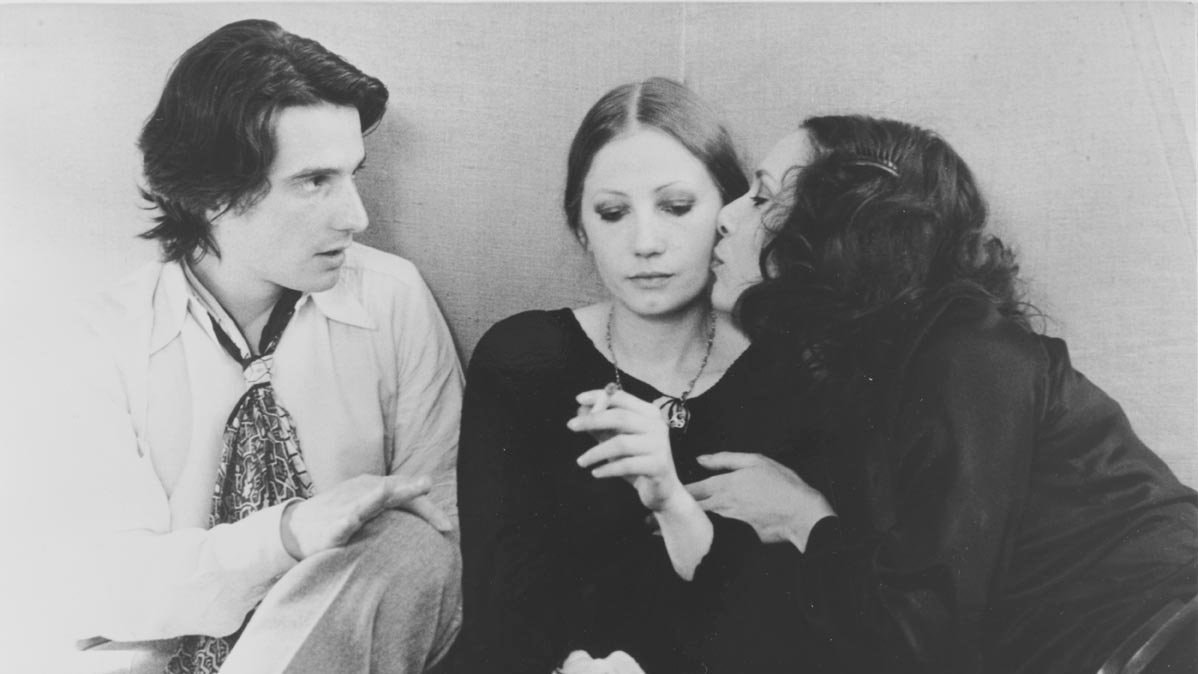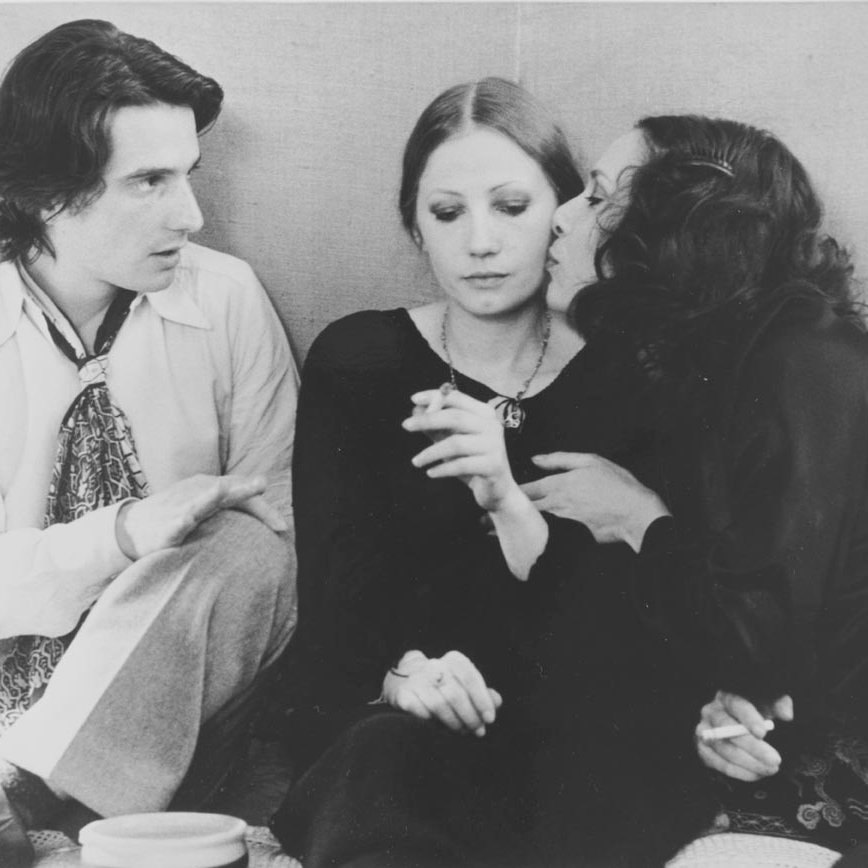The Happy Hours program is composed of classic and contemporary pioneering films expanding the possibilities of cinema by extending the screen time and our perception, the experiencing of time—not just the cinematic, but also physical. These pictures offer an alternative, incomparably more in-depth cinematic experience, which is only achievable on the large screen of a movie theater and makes this screen even larger, in some symbolic sense.
Like many initiatives currently occurring in culture, the program Happy Hours was conceived during self-isolation, because of and at the same time contrary to it. Cinemas have been closed across the globe in the past few months, and cinema itself has increasingly moved to TV, notebook, tablet, and phone screens. But because of this migration to online formats, it became apparent that not all films can be adapted for home screening. Movies in which the key role belongs to imagery rather than story, duration rather than action, timing rather than a chronology of events transformed into an ethical category and reaching beyond the limits imposed by the commercial film industry, TV, and now streaming, are especially hard to adapt.
Who said that films should run the clichéd ninety minutes, or two, two and a half, maximum three hours (standard runtime of modern blockbusters)? And that the screen time should necessarily coincide with the story time, that it depends on the number of collisions in the movie? Does time in reality—which is always subjective, not reducible to a single formula—run this way? Does everyone not experience the flow of time in their own way? And is it not the study of the nature of time that is the innate aspiration of cinema—a temporal art the evolution of which coincided with a completely new concept of time in literature (Proust) and philosophy (Bergson)?

